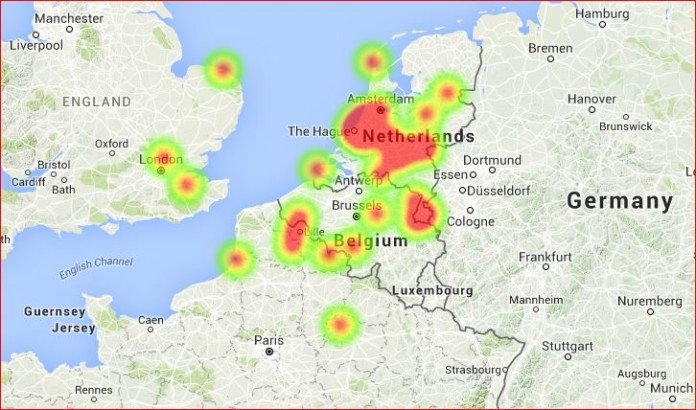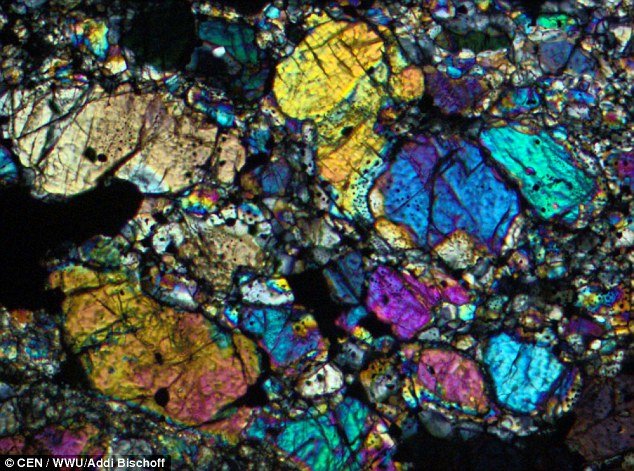
© Fireballs.imo.net
Shortly after midnight on Saturday March 26, 2016, a meteor fireball was
spotted over the Netherlands, from Amsterdam, Rotterdam, Cuijck, Pijnacker and Zoeterwoude. The fireball was reported to have a blue bright color, while others recalled a green color. It was also witnessed in Belgium, the UK, and northern France.
"It looked like the blue light of a police helicopter, but it moved too fast and too diagonally," a resident of Rotterdam
said. Readers of the Dutch 'Astroblogs' website
reported seeing a 'green, luminous phenomenon'.
Another reader, Remco Haring, reported seeing something passing by 'for two seconds', and which 'ended in a green or blue light'. Haring described it as appearing to have 'consisted of multiple parts', indicating that the meteor fireball disintegrated into fragments.

Comment: Whoever at NASA made these statements clearly hasn't checked their own data. February and March are typically among the lowest months for fireball numbers.
It's looking like the overall trend will be way up this year, with much more to come in the typically more active second-half of the year.
For spectacular footage of just some of the hundreds of meteor fireballs that lit up the night sky the world over last month, check out our latest instalment of the SOTT Earth Changes Summary video:
SOTT Earth Changes Summary - February 2016: Extreme Weather, Planetary Upheaval, Meteor Fireballs
See also:
NASA space data supports citizens' observations: Meteor fireballs are increasing dramatically